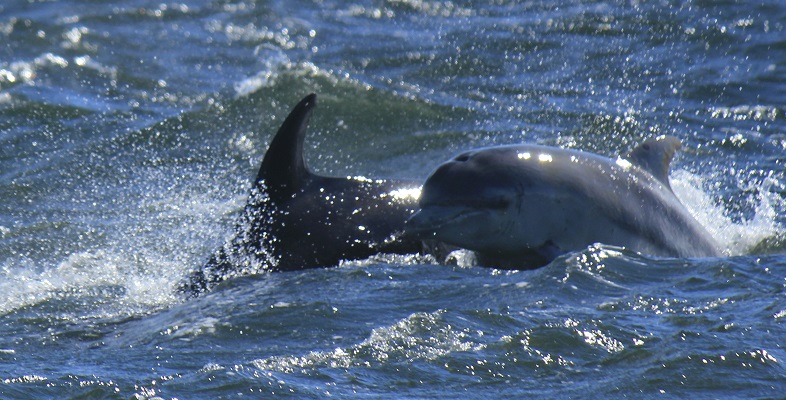1.1 Introduction to aquatic mammals
Aquatic mammals have clearly come a long way from their terrestrial ancestors and now they are superbly adapted to a fully aquatic life. The versatility of mammals will be obvious to you, but surely no environment has tested that versatility as much as the rivers and oceans of the world. As a first step, how many other aquatic mammals can you list?
Activity 1 Grouping aquatic mammals
Using your general knowledge of mammals, make a list of aquatic mammals that you can recall, dividing them into two groups: aquatic and semi-aquatic.
Discussion
| Aquatic mammals | Semi-aquatic mammals |
|---|---|
| whale | hippopotamus |
| seal | otter |
| sea lion | beaver |
| walrus | coypu |
| manatee | muskrat |
| dugong | water shrew |
| duck-billed platypus |
Mammals are often considered to be a successful group, based on the fact that they are very widely distributed and flourish in seemingly hostile environments. Another useful measure of success might be numbers of species – though in this case, the 4700 or so species of mammal are dwarfed by the known number of insect species in the world, which some estimate to be as many as 10 million. Other expressions of the success of mammals that are worth considering include the degree of physiological sophistication of their systems (which can be difficult to assess) and the number of individuals of a particular species or broader group that exist in total.
